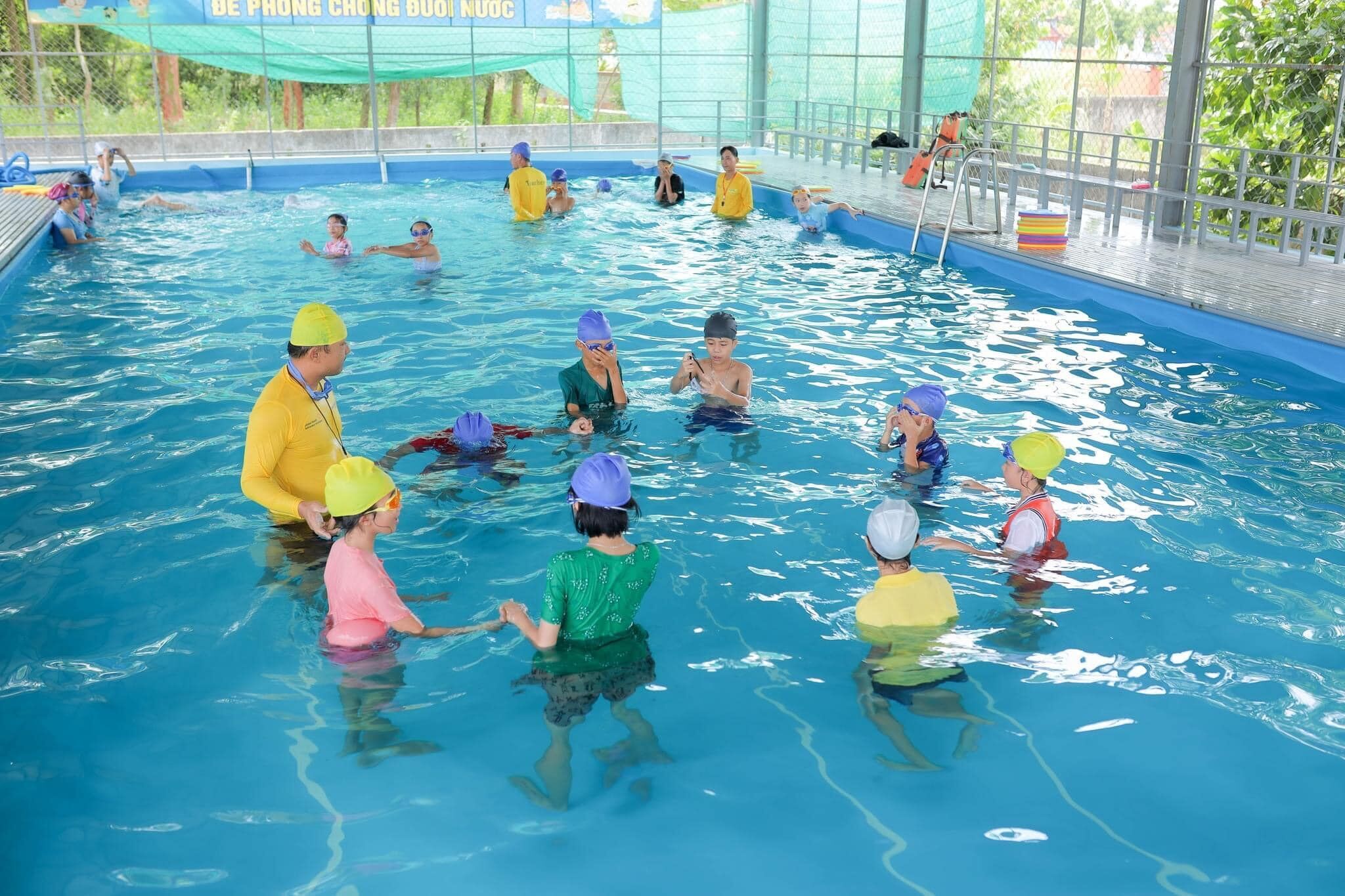November 3, 2025

On October 29, 2025, in a decisive move to protect children's lives, the Ministry of Education and Training (MOET) approved a comprehensive Survival Swimming Programme that will reach over 21 million students nationwide, transforming drowning prevention from aspiration into action.
Drowning claims too many young Vietnamese lives each year. While some schools have offered swimming classes, the approach has been dangerously inconsistent—fragmented programs focusing on recreational technique rather than life-saving skills. Children learned strokes, but not how to survive during unexpected water emergencies or how to recognize deadly risks.
A Program Built on Proven Success
Drawing on evidence from a successful pilot partnership between the Global Health Advocacy Incubator (GHAI) and the Government of Vietnam with support from Bloomberg Philanthropies, MOET has developed a standardized curriculum that addresses the real dangers children face. The 16-lesson program (each 60-90 minutes) delivers four critical competencies: survival swimming proficiency, water safety knowledge, safe rescue techniques and practical application skills. It's about ensuring every child can save their own life and recognize when others need help.
Rigorous Standards Ensure Every Child is Protected
Mandated under Prime Minister's Decision 1717/QD-TTg, all swimming instruction must now follow this curriculum. Age-appropriate content ensures younger children master essential floating and safety awareness, while older students develop advanced proficiency and rescue capabilities.
All instruction occurs in certified pools with qualified personnel holding recognized swimming safety certifications. Whether delivered on-campus or through vetted external partnerships, every program meets uniform safety standards to protect children’s safety.

From Policy to Practice: Clear Implementation
MOET provides national oversight and resources. Provincial departments coordinate local implementation. Schools develop action plans suited to their contexts and issue official completion certificates. This coordinated approach ensures accountability at every level while respecting local realities.
Schools with existing pools begin full implementation in the 2025-2026 academic year. Expansion will proceed systematically as localities invest in infrastructure and train personnel—ensuring quality never suffers for the sake of speed.
Sustainable and Equitable
Diversified funding—state budget allocations, provincial commitments and voluntary contributions—ensures program sustainability while guaranteeing access regardless of family economic status. Every child deserves protection; no child will be excluded. Importantly, this initiative provides rural communities with a powerful framework to advocate for swimming pool construction—critical infrastructure often absent where it is needed most.
Vietnam is demonstrating bold leadership, showing how education policy can directly address public health crises. This isn't just about teaching children to swim—it's about ensuring they survive childhood, reach their potential and build a safer future.
Related News
View All NewsSeptember 10, 2025
Meet the Future of Domestic Budget Allocation for Health: The new Advocacy Accelerator Cohort
September 10, 2025



